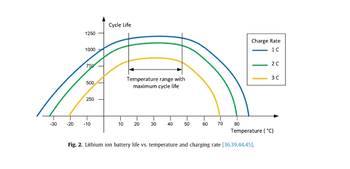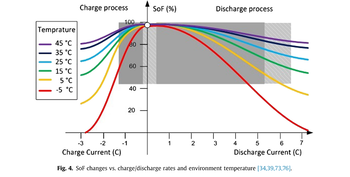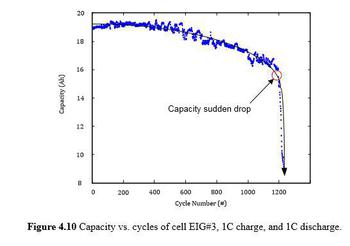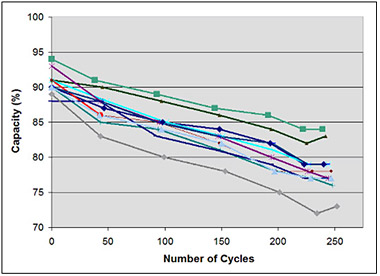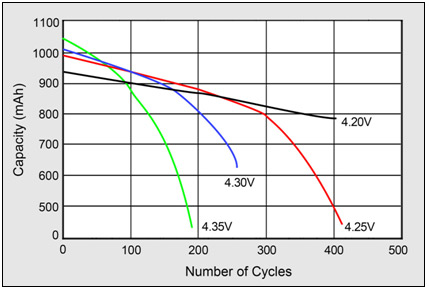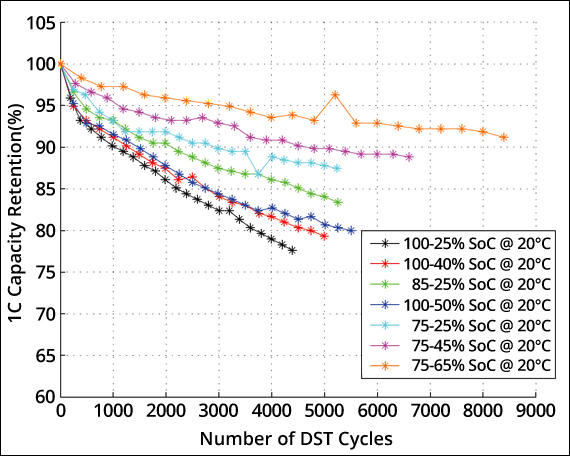irfca
Well-known member
I came across some interesting articles and research on the website below, covering a wide range of topics from battery use in EVs, to battery charging, temperature and depth of discharge usage characteristics:
http://batteryuniversity.com/learn/article/electric_vehicle_ev
http://batteryuniversity.com/learn/article/how_to_prolong_lithium_based_batteries
It is interesting to realize in Table 4 on the 2nd page referenced there, that with an 8 year "design" for EV battery life, that would lead to almost 3,000 charge/discharge cycles on the battery. To achieve that, it looks like the maximum cell voltage is reduced to achieve better longevity. With 192 batteries in our battery pack, they must be wired in a combination of series and parallel formats, to the equivalent of a series string of 96 sets of 2 parallel batteries, and a cell charging voltage of approx 3.95 VDC @ 84% charge (based on what I have noted as a charging voltage at a DCQC station of approx 390 VDC) ... which would indicate the batteries are only used to approx 60% (or less) of their fully usable capacity in order to achieve the approx 3000 charging cycles.
There is also lots of info on that website on cell phone battery tests and longevity ... all interesting reads for those who want to understand the batteries in our vehicles.
http://batteryuniversity.com/learn/article/electric_vehicle_ev
http://batteryuniversity.com/learn/article/how_to_prolong_lithium_based_batteries
It is interesting to realize in Table 4 on the 2nd page referenced there, that with an 8 year "design" for EV battery life, that would lead to almost 3,000 charge/discharge cycles on the battery. To achieve that, it looks like the maximum cell voltage is reduced to achieve better longevity. With 192 batteries in our battery pack, they must be wired in a combination of series and parallel formats, to the equivalent of a series string of 96 sets of 2 parallel batteries, and a cell charging voltage of approx 3.95 VDC @ 84% charge (based on what I have noted as a charging voltage at a DCQC station of approx 390 VDC) ... which would indicate the batteries are only used to approx 60% (or less) of their fully usable capacity in order to achieve the approx 3000 charging cycles.
There is also lots of info on that website on cell phone battery tests and longevity ... all interesting reads for those who want to understand the batteries in our vehicles.




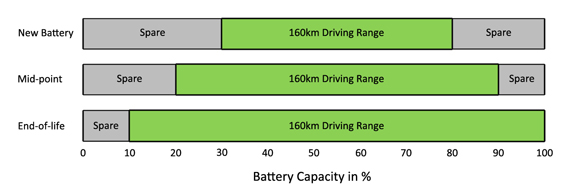
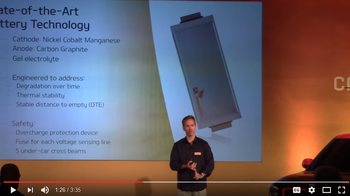



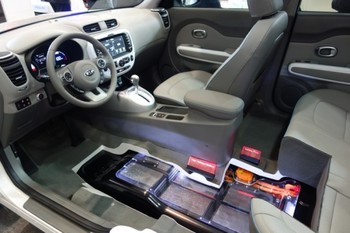



![300W Car Power Inverter 12V to 110V,PiSFAU DC to AC Car Plug Adapter Outlet with Multi USB[24W USB-C] /USB-Fast Charger(24W) Car Inverter,Car Charger for Laptop Vehicles Road Trip Essentials](https://m.media-amazon.com/images/I/41-KedJShYL._SL500_.jpg)







































